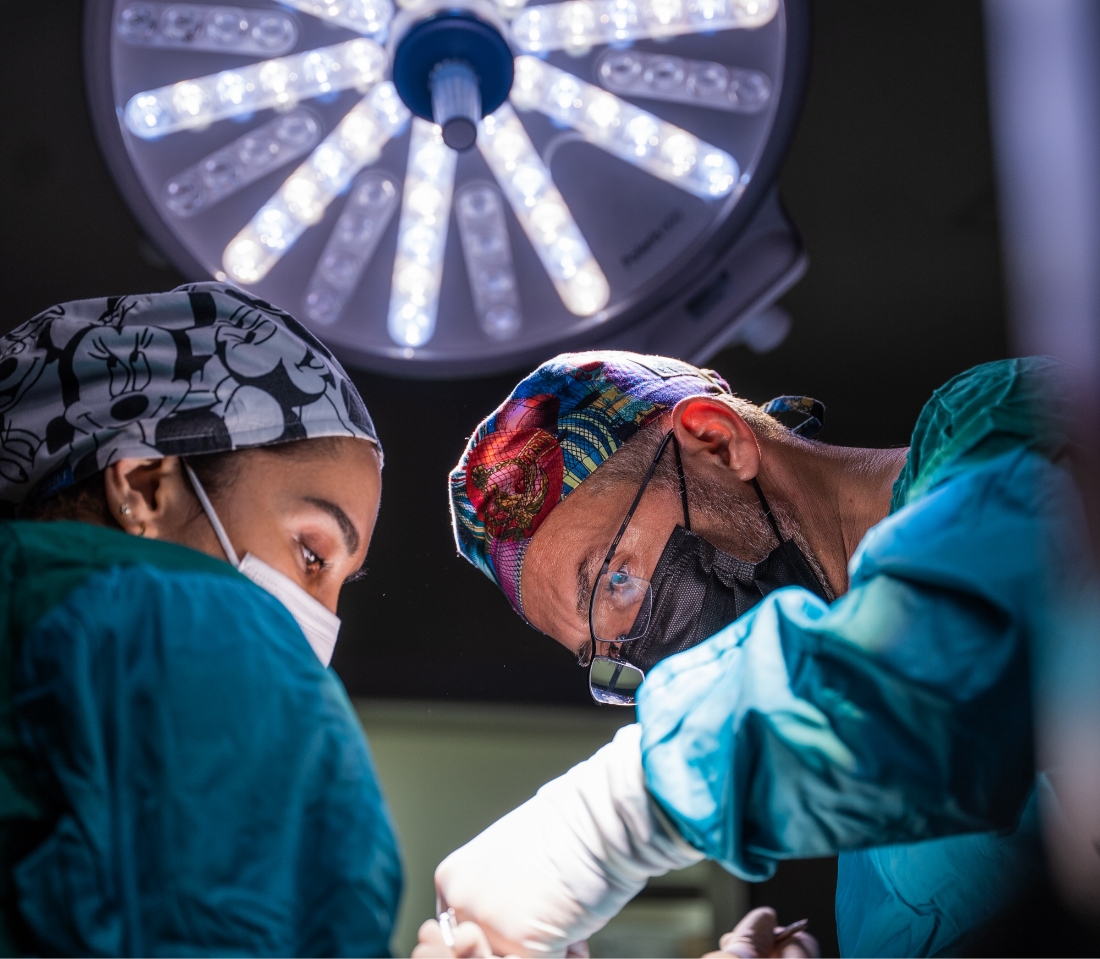Sign up to our newsletter Subscribe
Analysing Global Immunisation Expenditure

Sign up to our newsletter Subscribe


Recently the UK became the first country in the world to test a so-called ‘fully delinked model’ to pay for antibiotics. OHE is publishing a series of four blogs to answer the key questions raised by the NICE-NHS England AMR…

This article was commissioned by Pfizer Inc. Content was written by OHE Consulting Ltd with technical review from Pfizer Inc.
Antibiotics are vital medicines, and it is clear that not enough of them are being developed [1,2]. Novel models to pay for antibiotics have been suggested for many years to incentivise companies to increase their investment in antibiotic development [3]. Recently the UK has become the first country in the world to test a so-called ‘fully delinked model’ to pay for antibiotics [4]. OHE is publishing a series of four blogs to answer the key questions raised by the NICE-NHS England AMR model and discuss what it means for the future of antibiotic development.
What is the antibiotic problem?
Antibiotics are vital medicines that save thousands of lives every day from bacterial infections [5]. But they are becoming less effective [1]. Antibiotic resistance means that the ability of antibiotics to treat bacterial infections is diminishing, a problem made worse by the lack of new antibiotics being developed to replace those whose efficacy is waning [1]. Alarmingly no new classes of antibiotics have been discovered since the 1980s [1]. As a result, we could reach a point where those thousands of lives every day can no longer be saved, and other core areas of modern medicine that rely on our ability to safely treat infections, such as surgery and cancer care, become less and less effective, because of high death rates from the associated infections [6].
Antimicrobial resistance, or AMR, is a broad term encompassing resistance to drugs for infections caused by other microbes such as parasites (e.g. malaria), viruses (e.g. HIV), and fungi (e.g. Candida) [7]. In these blogs, we focus on antibiotic resistance and therefore bacteria, although many of the themes are shared across the wider topic of AMR. Specifically for all technologies under the AMR-umbrella, traditional value assessments do not recognise their true value to society, a topic we will dive into in the rest of this blog series.
Market failure means there are not enough new antibiotics
There are not enough new antibiotics being developed because there is not enough of an incentive for companies to invest in antibiotic development under the traditional model of pharmaceutical innovation and reward [2]. Antibiotics may be riskier to develop than other pharmaceutical products principally because many promising compounds have high toxicity [6]. Once they have been developed, antibiotics are assessed using non-inferiority clinical trials, which can only show whether a new antibiotic is no worse than (or ‘non-inferior’ to) existing antibiotics [2]. Coupled with the fact that many of those existing antibiotics are low-cost generics, companies don’t have the evidence to demonstrate the added clinical value or cost-effectiveness of a novel antibiotic at a price that would generate sufficient returns on investment [2].
It is also difficult for companies to demonstrate the broader value of antibiotics (i.e. the value they generate beyond individual patients) using traditional models of value assessment. The benefit of reducing resistance, preventing transmission of pathogens, and enabling other medical procedures to take place are all part of the potential value profile for a new antibiotic. However, this broader value is not considered within the traditional value assessment processes that are used to establish prices for medicines. As a result, prices for antibiotics, and therefore the rewards for innovation, do not reflect the true value of antibiotics, further weakening incentives [2].
If antibiotics do reach the market they are often used sparingly. This is because of antibiotic stewardship principles, which aim to limit the inappropriate use of antibiotics to slow down the build-up of resistance. The expected sales volumes for any novel antibiotic are therefore low. Low volumes sold at low prices have led many large pharmaceutical companies to leave the antibiotics space and have bankrupted a number of smaller antibiotic companies [2,8].
Health economists have developed a mechanism to strengthen incentives for antibiotic Development
Health economists, recognising the antibiotic market’s failure, have proposed the ‘delinked model’ – a particular form of pull incentive designed to give companies a reason to invest [9]. A pull incentive draws innovation to the market with the promise of reward for successful innovators that is not linked to the number of antibiotics used [9]. In many disease areas, the ‘pull’ is the market itself, which is large enough to sustain innovation, but where there is a market failure, the pull incentive has to be designed outside of the market to generate the same willingness to invest from the industry [9].
The delinked pull incentive model breaks the link between rewards and the volume sold and can be implemented in various ways [9]. One option is the so-called subscription or ’Netflix’ model initially implemented in Louisiana to encourage the uptake of hepatitis C treatments [10,11]. Under a subscription model companies developing antibiotics are paid through a subscription fee in the same way people pay monthly for services like Netflix or Spotify. As with Netflix, where the monthly payment is the same regardless of how many films you stream, the subscription fee for antibiotics is set and ’delinked’ from the volumes of antibiotics used in the health system [10].
The benefit of the delinked model for companies is that they have certainty about the revenue they will generate if they develop an effective antibiotic [2]. If the aggregated global subscription fees are large enough, it should attract companies to invest in antibiotic development by generating a high enough global revenue. We will cover how big the pull incentive should be to stimulate innovation in a future blog in the series [2].
Recent initiatives from NICE and NHS England have put the theory of a delinkage into practice
In 2020 the UK became the first country in the world to trial the use of the delinked model for paying for antibiotics [4]. The NICE-NHS England AMR (antimicrobial resistance) model trialled a subscription model for two antibiotics for serious infections resistant to the last line of antibiotics [3]. The subscription fee was linked to a broader value assessment conducted by NICE to account for the value of antibiotics beyond the value to the individual patient [3].
The results for both products, published in April this year, marked a huge step forward in validating the concept of a delinked subscription model to pay for antibiotics. The model, if expanded globally, has the potential generate a pull incentive that would overcome the market failure of antibiotics [4]. Both companies participating in the pilot were satisfied with the result, and many experts on antibiotic resistance hailed it as a success in turning health economic theory into practice [12].
Below the surface of the shared optimism, however, questions remain. What does the pilot mean for future antibiotics in the UK? Could a similar delinked model be implemented in enough countries to generate an effective pull incentive on a global level? Is a delinked model really the silver bullet needed to tackle the crisis of antibiotic resistance?
Our blog series lifts the lid on the economics of antibiotic development
Our blog series The Economics of Antibiotics discusses the economics of antimicrobial resistance to understand the relevance of the NICE-NHS England AMR model. The next three blogs explore the questions that remain about the delinked model:
Related OHE research
Neri, M., Hampson, G., Henshall, C. and Towse, A. (2019) HTA and Payment Mechanisms for New Drugs to Tackle AMR. OHE Research Paper. Available from https://www.ohe.org/publications/hta-and-payment-mechanisms-new-drugs-tackle-amr.
Ferraro, J., Towse, A., and Mestre-Ferrandiz, J. (2017) Incentives for New Drugs to Tackle Anti-Microbial Resistance. OHE Briefing. Available from https://www.ohe.org/publications/incentives-new-drugs tackle-anti-microbial-resistance.
Sharma, P. and Towse, A. (2011) New Drugs to Tackle Antimicrobial Resistance: Analysis of EU Policy Options. OHE Monograph. Available from https://www.ohe.org/publications/new-drugs-tackle antimicrobial-resistance-analysis-eu-policy-options.
References
PP-UNP-GLB-0505; September 2022

An error has occurred, please try again later.
This website uses cookies so that we can provide you with the best user experience possible. Cookie information is stored in your browser and performs functions such as recognising you when you return to our website and helping our team to understand which sections of the website you find most interesting and useful.
Strictly Necessary Cookie should be enabled at all times so that we can save your preferences for cookie settings.
If you disable this cookie, we will not be able to save your preferences. This means that every time you visit this website you will need to enable or disable cookies again.
This website uses Google Analytics to collect anonymous information such as the number of visitors to the site, and the most popular pages.
Keeping this cookie enabled helps us to improve our website.
Please enable Strictly Necessary Cookies first so that we can save your preferences!



